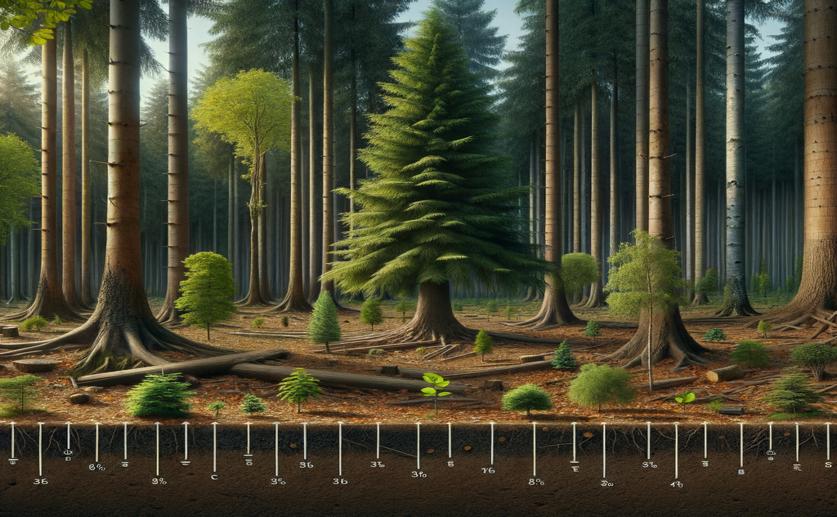
Soil Carbon Levels Steady but Forest Growth Varies Greatly
Jenn Hoskins
5th May, 2024

Image Source: Natural Science News, 2024
Key Findings
- In France's Massif Central, abandoned farmlands naturally reforest, increasing carbon storage
- Carbon stocks in these reforested lands rose from about 71 to 314 tons per hectare over several decades
- Larger trees contribute significantly to carbon storage, but soil carbon levels remain relatively unchanged
References
Main Study
1) Carbon stock increase during post-agricultural succession in central France: no change of the superficial soil stock and high variability within forest stages
Published 4th May, 2024
https://doi.org/10.1007/s11056-024-10044-y
Related Studies
2) The global tree restoration potential.
3) Above- and belowground carbon stocks are decoupled in secondary tropical forests and are positively related to forest age and soil nutrients respectively.
4) Natural climate solutions versus bioenergy: Can carbon benefits of natural succession compete with bioenergy from short rotation coppice?
5) Beta diversity patterns reveal positive effects of farmland abandonment on moth communities.



 23rd February, 2024 | Jim Crocker
23rd February, 2024 | Jim Crocker